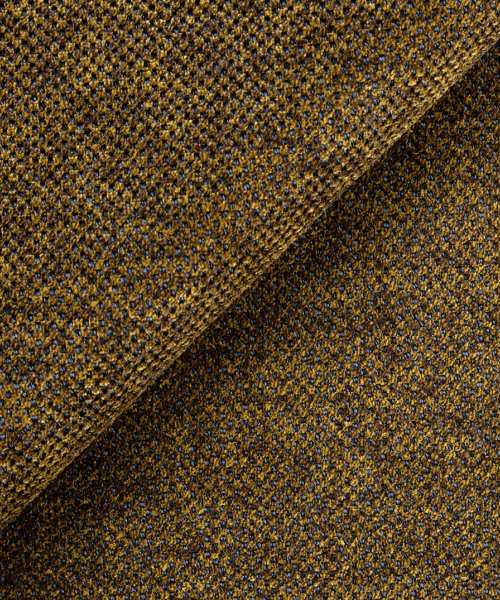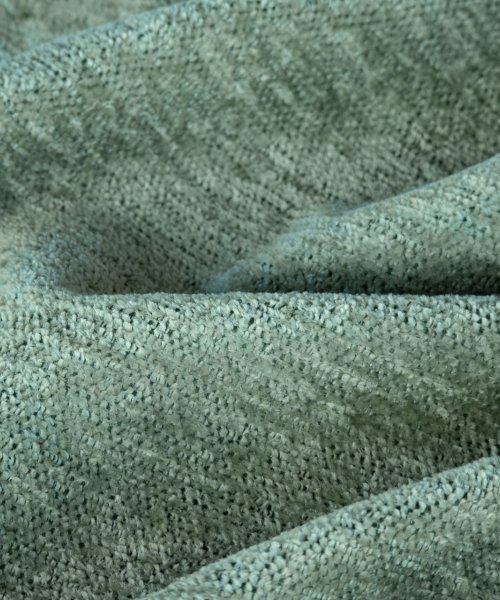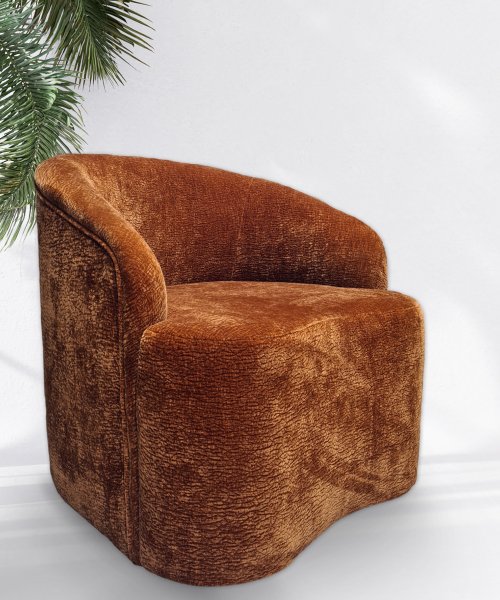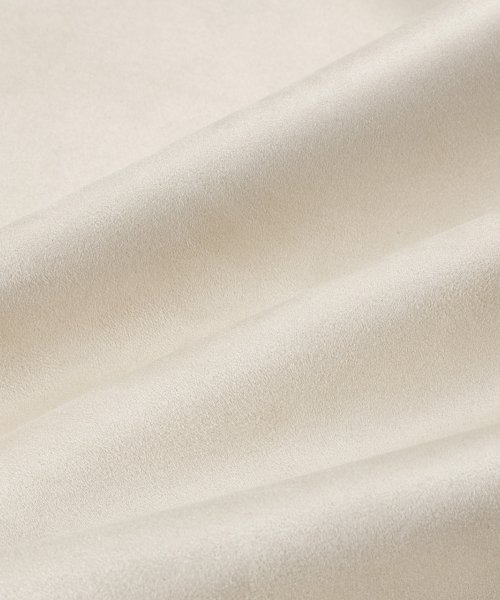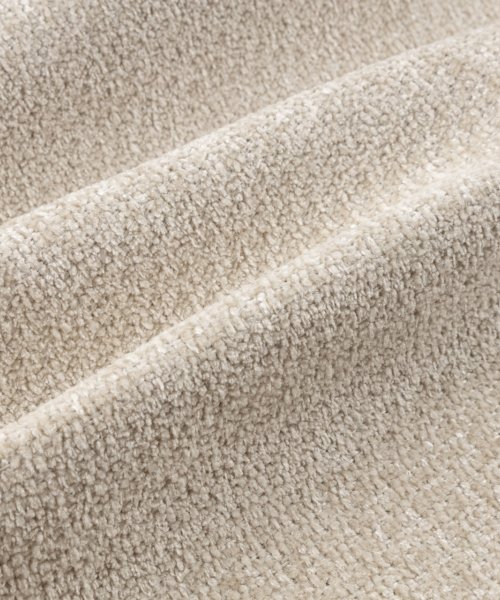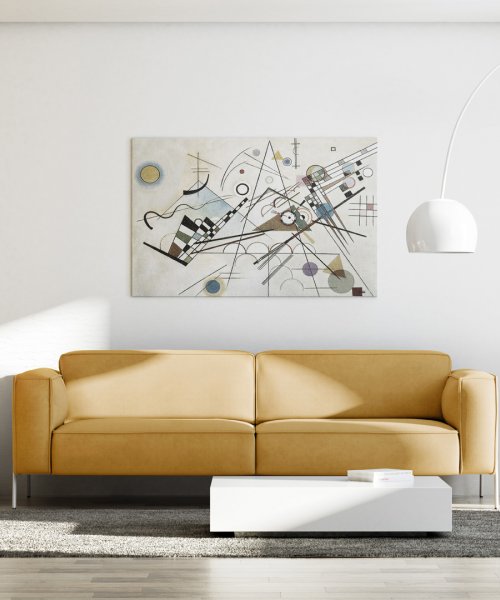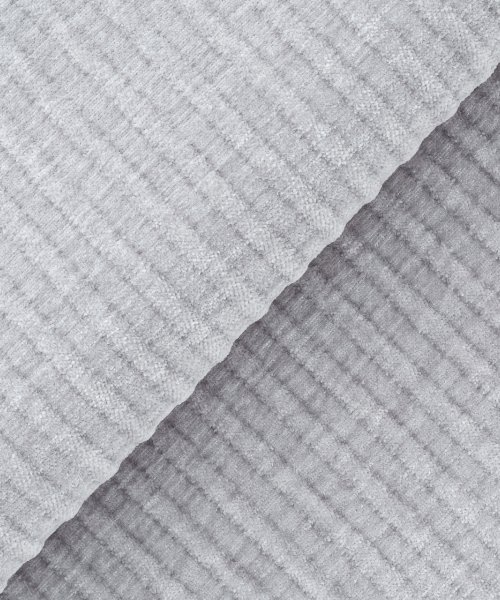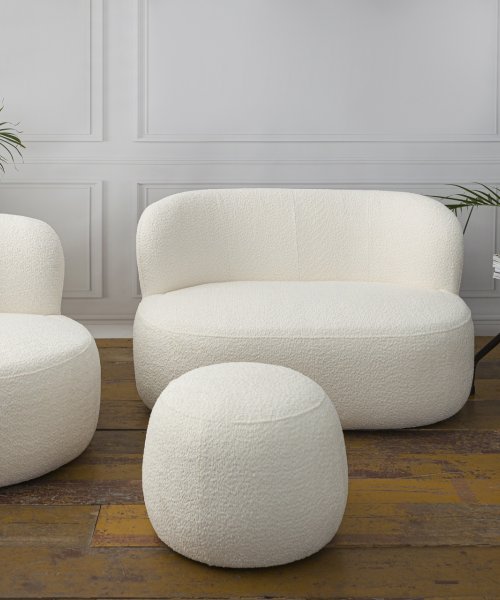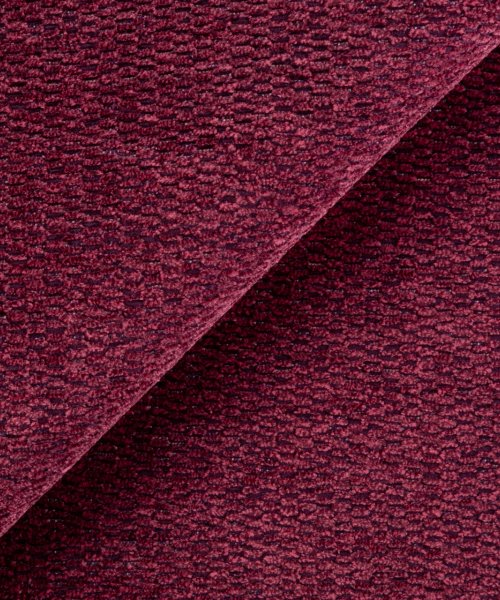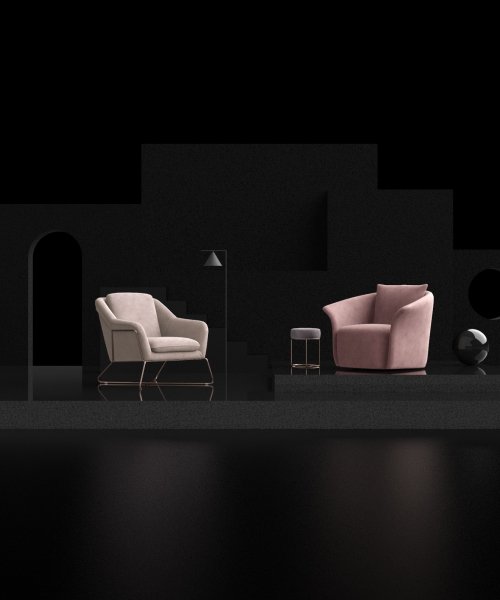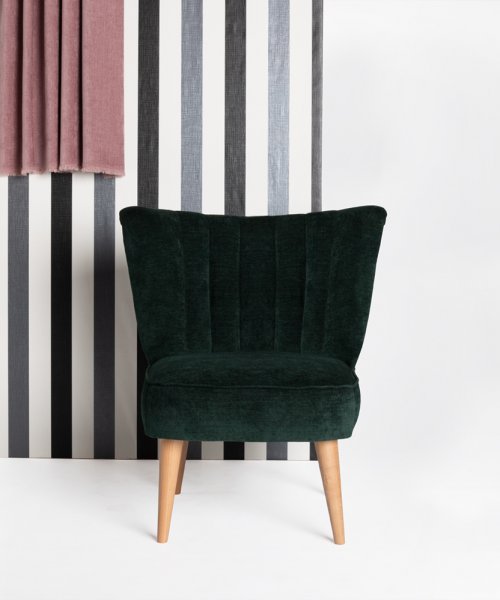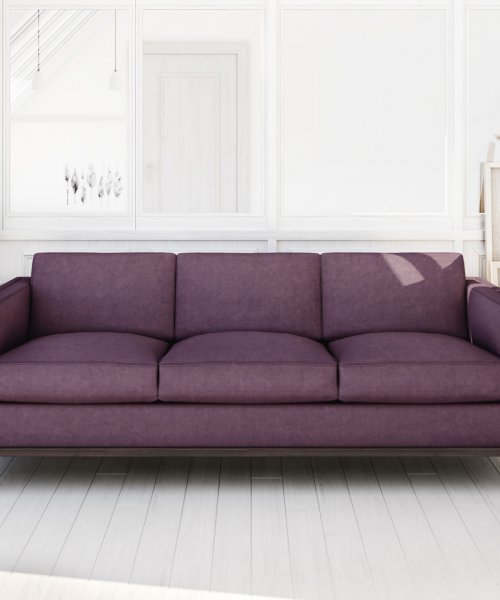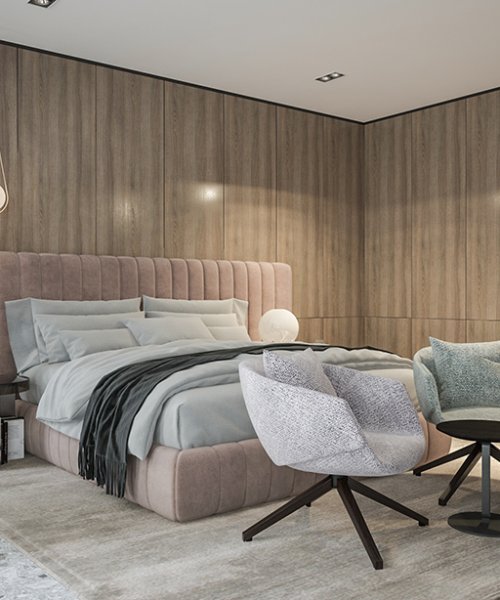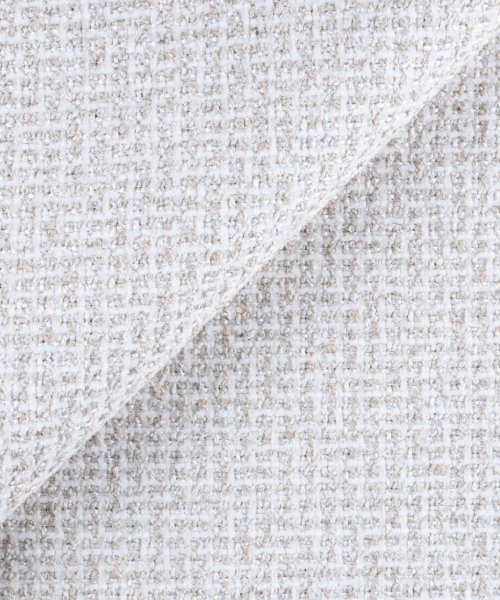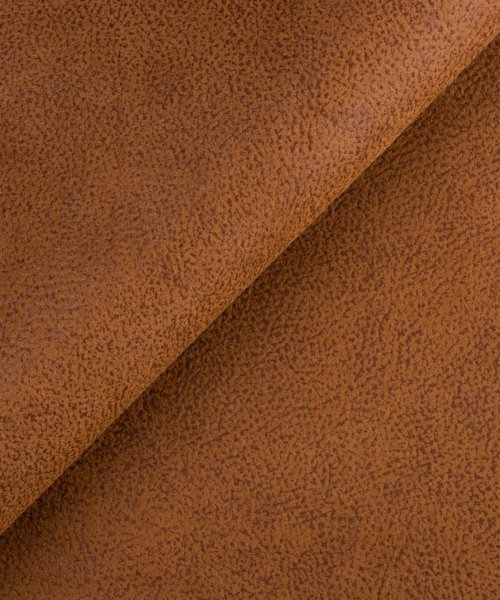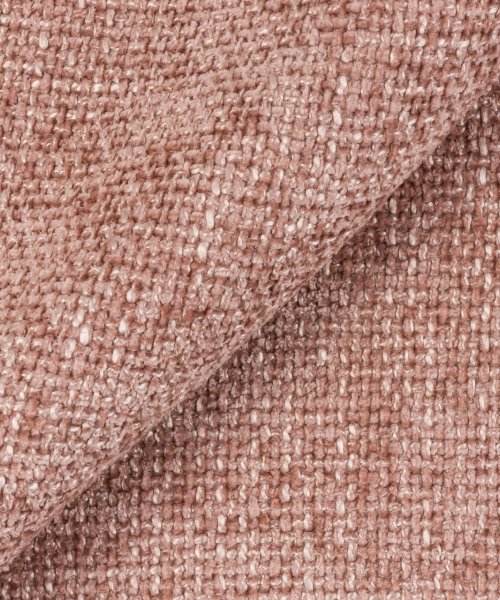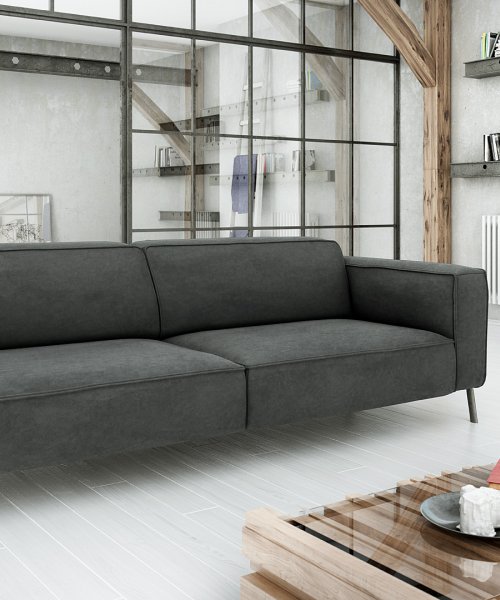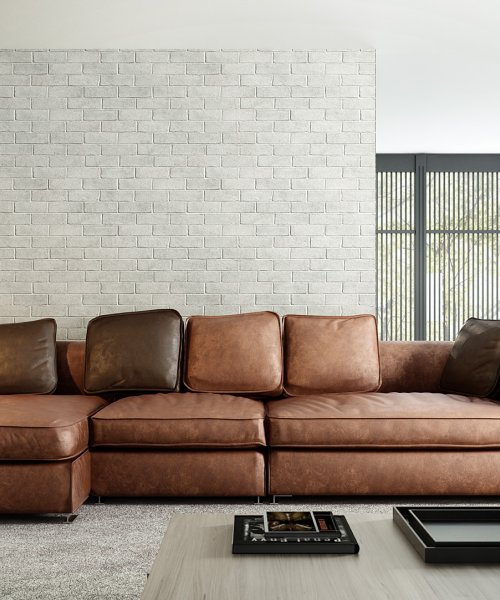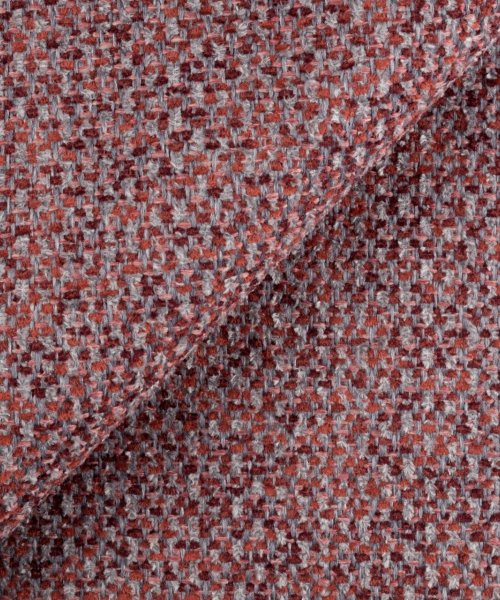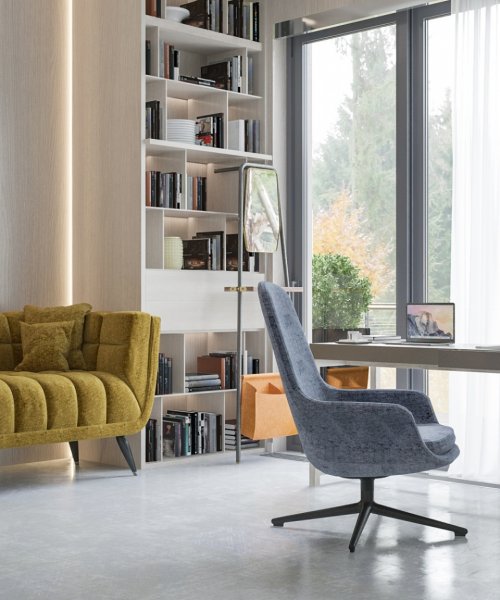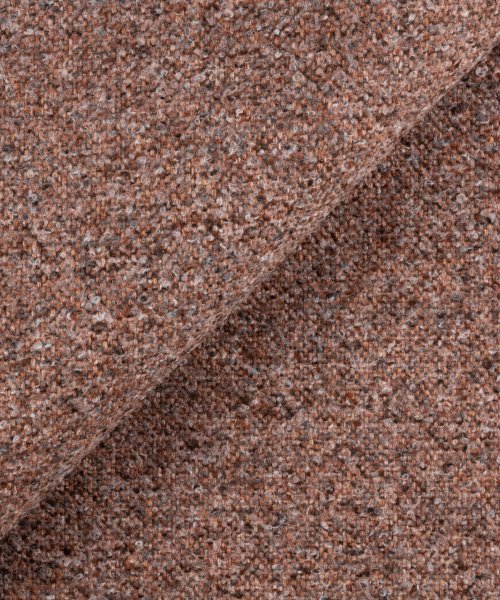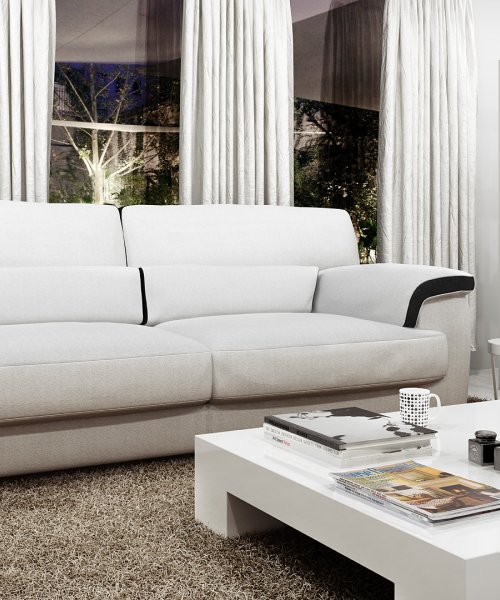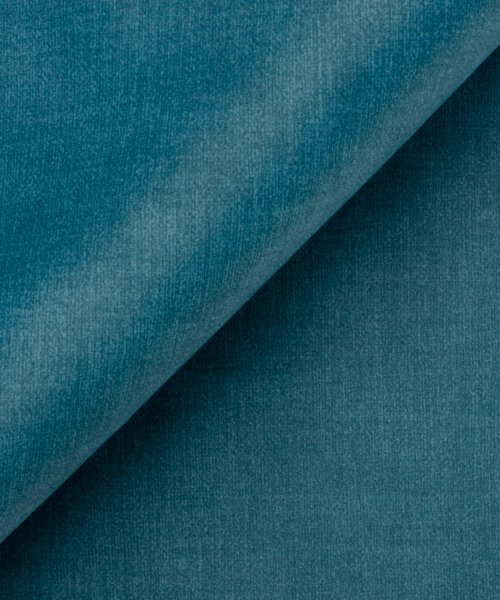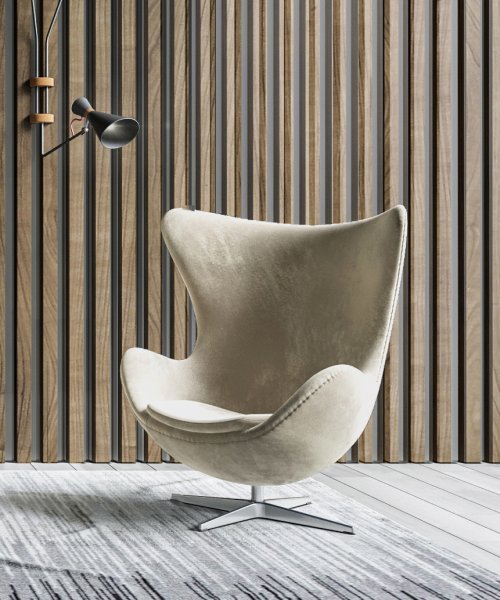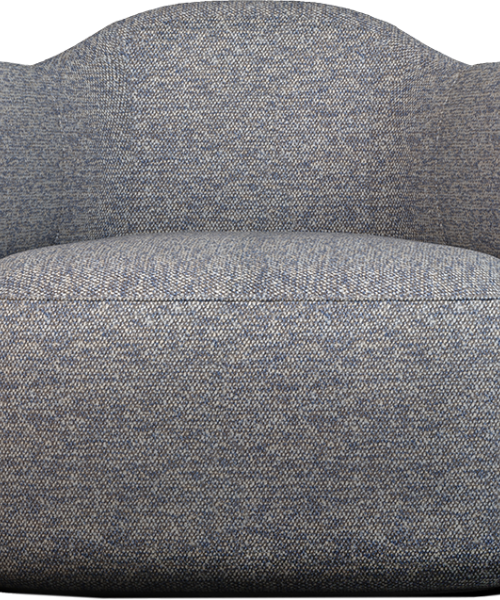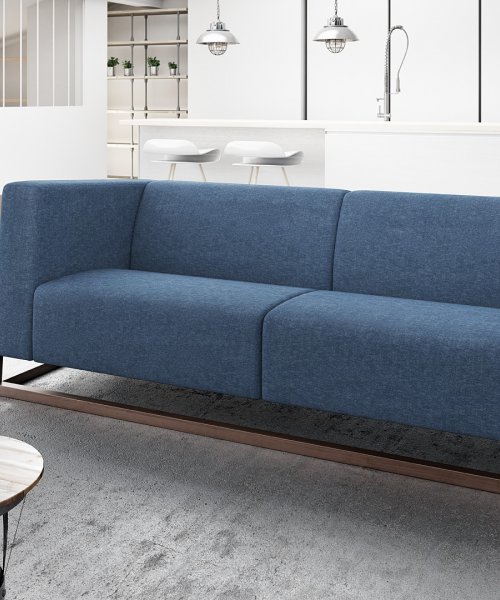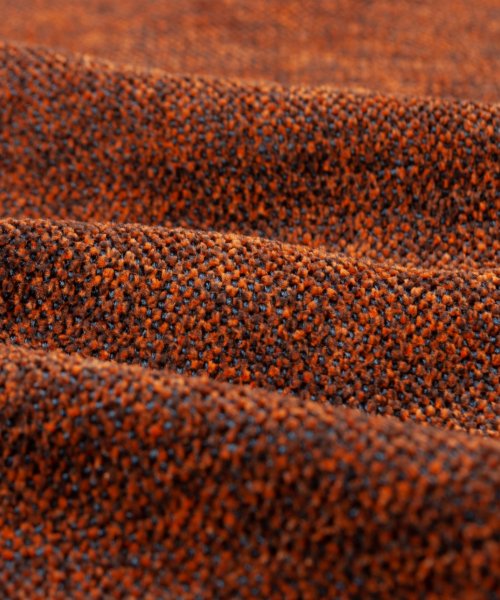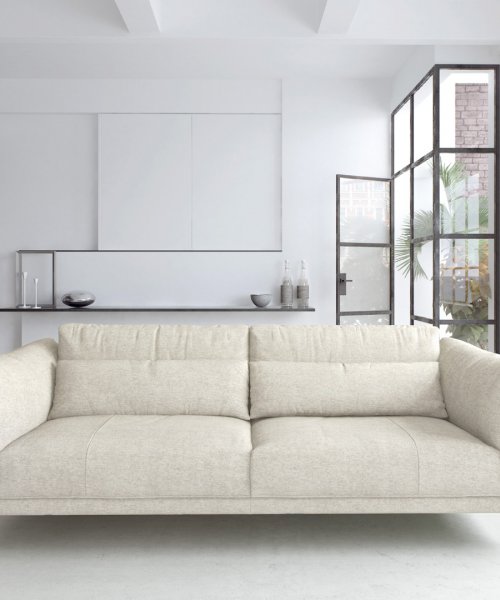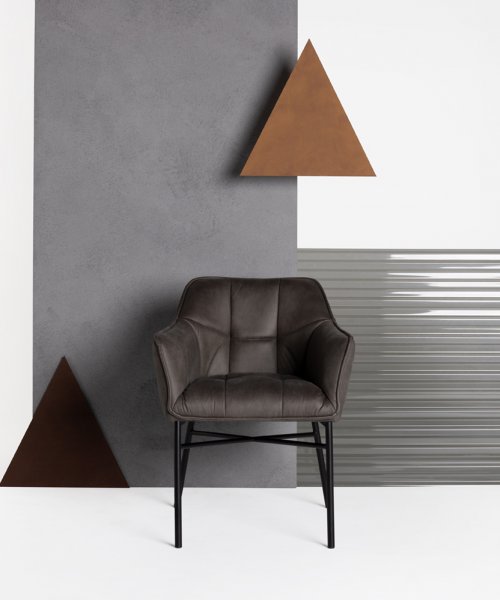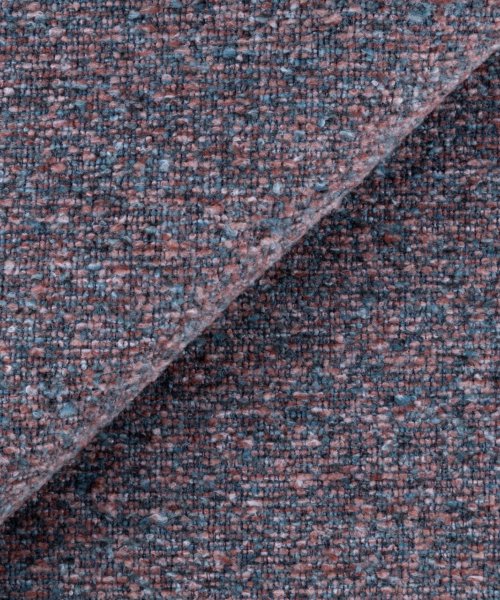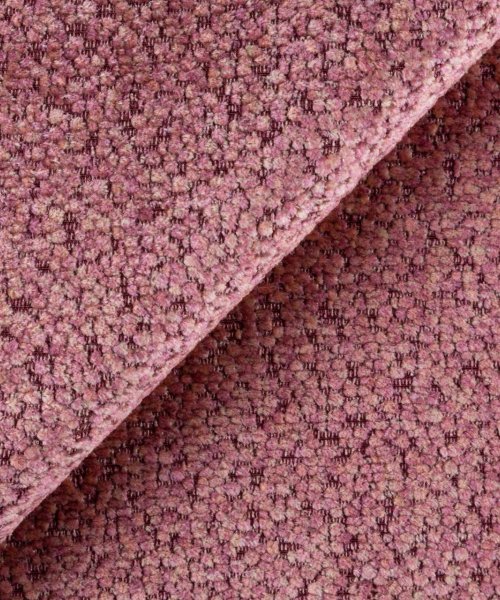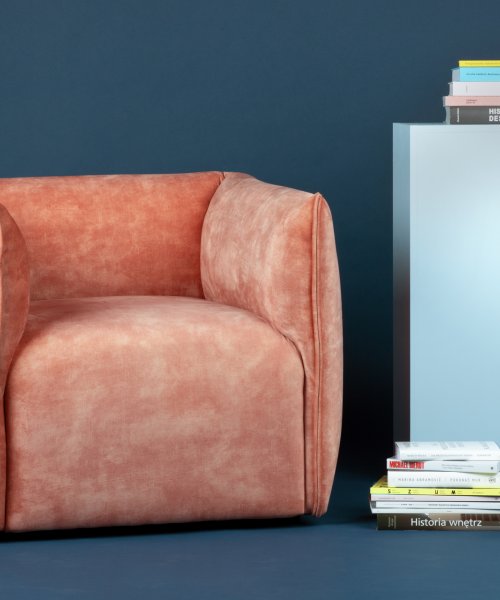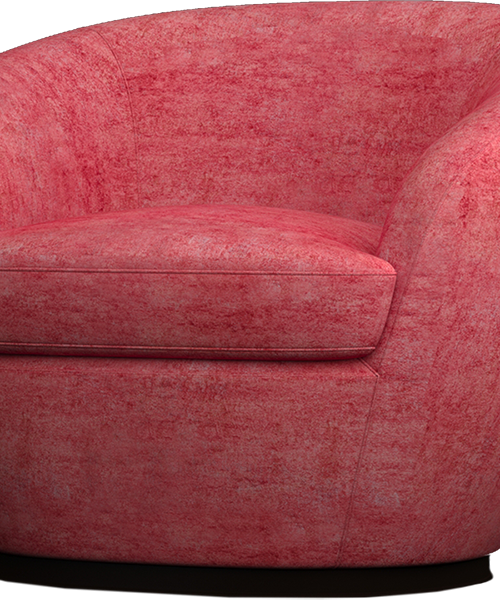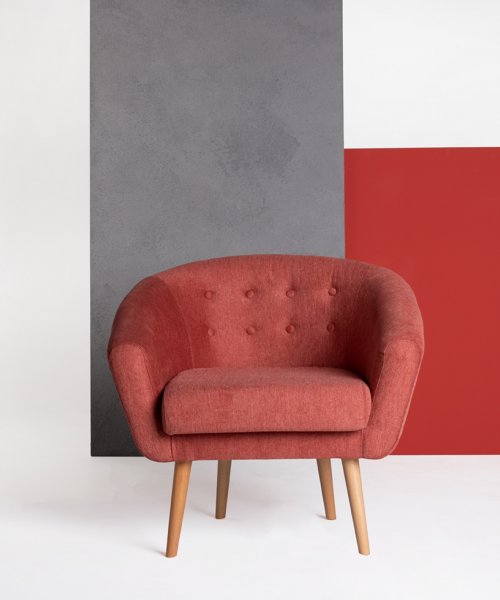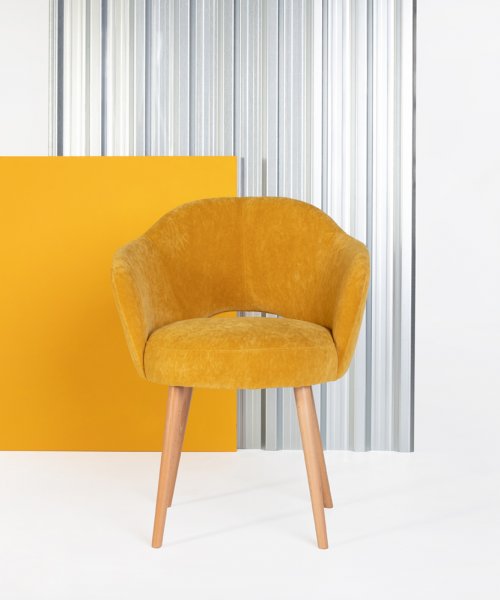OEKO-TEX Standard 100 is the most important certificate in the textile market. It says a lot about the quality of the products. It is a guarantee that they are free from harmful substances and therefore safe for users.
From now on, look for Oeko-Tex labels on our products:
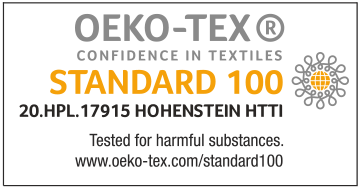
WHAT IS THE OEKO-TEX STANDARD 100 CERTIFICATE?
OEKO-TEX Standard 100 is a certificate proving the quality of textile products. The Oeko-Tex organization awards a certificate to products that have undergone tests to verify the possible presence of hazardous substances that pose a risk to consumers.
OEKO-TEX Standard 100 certified products are therefore free of harmful substances such as heavy metals, banned nitrogen dyes, pesticides, chlorophenols, formaldehyde or carcinogenic and allergenic dyes.
Besides the above chemicals, the following parameters are also checked:
• pH value
• color fastness to water
• color fastness to perspiration
• emission of volatile compounds
• smell
It is worth mentioning that to obtain the OEKO-TEX Standard 100 certificate, all criteria must be met.
The catalog of STANDARD 100 by OEKO-TEX ® criteria consists of several hundred controlled harmful substances. The STANDARD 100 by OEKO-TEX® test criteria are uniform throughout the world and updated at least once a year.
RESTRICTIVENESS AND PRODUCT CLASSES:
OEKO-TEX® tests for the presence of harmful substances are based on the intended use of a given textile product. The more intense the product's contact with the skin, the more stringent the requirements that must be met. There are four product classes:
Product class I:
Articles for babies and children up to 3 years old (clothing, bed linen, textile toys etc.)
Product class II:
Articles in direct contact with the skin (underwear, bed linen, table linen, socks etc.)
Product class III:
Articles that do not come into direct contact with the skin (garments etc.)
Product class IV:
Decorative products (curtains, blinds, curtains, carpets etc.)
To ensure the highest possible safety of use of our fabrics, they have been tested for product class II, i.e. fabrics that come into direct contact with the skin. So they meet more restrictive criteria than the "standard" class for upholstery fabrics (IV - decorative products).


